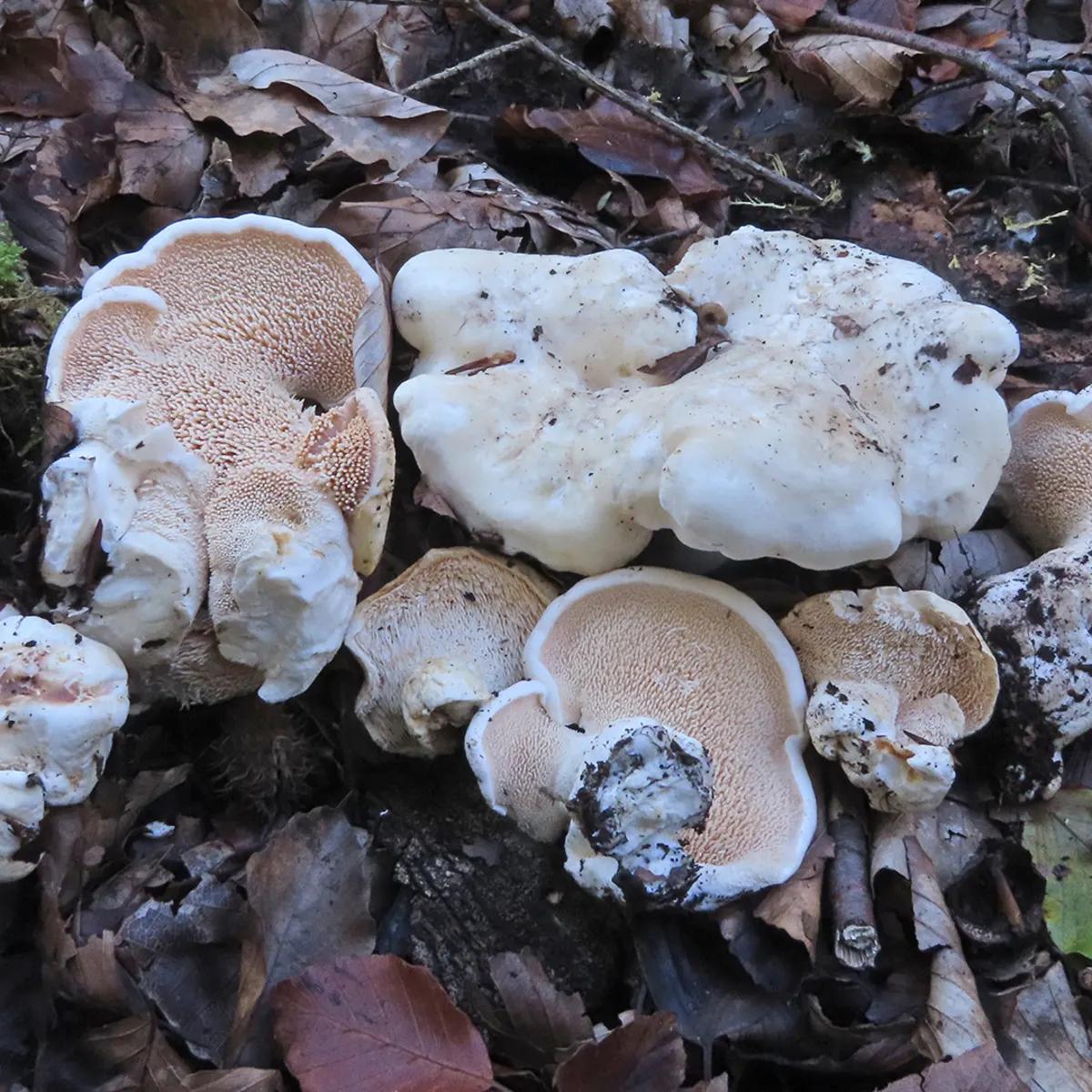
1 minute read
THE LAST PETALS OF EARTH E

ndangered plants are any existing plant species on the verge of extinction, either worldwide or locally. According to the Guardian newspaper, almost 40% of plants are on the verge of extinction. Every year, the extinction of endangered plant species threatens the production of food, fuel, medicines, and other necessities.
Advertisement
is one of the few remaining Philippine native trees located in Tanay, Rizal. This flowering tree, considered one of the Philippines' indigenous "cherry blossoms," with flushing white petals and stamens ranging from pale to brilliant pink, will undoubtedly brighten someone's day.
Patalsik Pula JadeVine
Strongylodonmacrobotrys
SouthAfricancycads
also known as Tayabak in the Philippines, is typically found in moist tropical woods, ravines, or streams It is one of the world's rarest vines. Recently, Masungi park guards discovered the vine at the top of the Masungi Geopark.
Phalaenopsismicholitzii

©:OurEndangeredWorld
Also known as Encephalartos altensteinii, are endangered plants They can grow five to seven meters tall Due to their wind resilience, they are often used as attractive plants in big gardens and parks, particularly near the sea. Although it can survive for 300 years, it begins to disappear in its native region due to the loss of natural growth zones It is also subtly extracted for medicinal purposes.

Santa Cruz Island fringepod
which is part of the Orchidaceae family, commonly known as orchids, is one of the endangered plants in the tundra. This plant species is indigenous to the Philippines This orchid is most commonly found in wet woodlands with tropical conditions. Its elegant structure and natural attractiveness make it a threatened species due to overcollection and habitat degradation, to which it has been exposed in recent years.
a small, endangered plant found exclusively on Santa Cruz Island in California. The plant is threatened by habitat loss and degradation caused by humans. This plant is found in coastal sage scrub and grasslands. These habitats are disappearing because of development and agriculture. It grows to about 6 inches tall with pale green leaves and white blossoms. The fringepod on Santa Cruz Island is vital to the island's ecosystem. The plant aids in soil stabilization and feeds insects and other animals.










